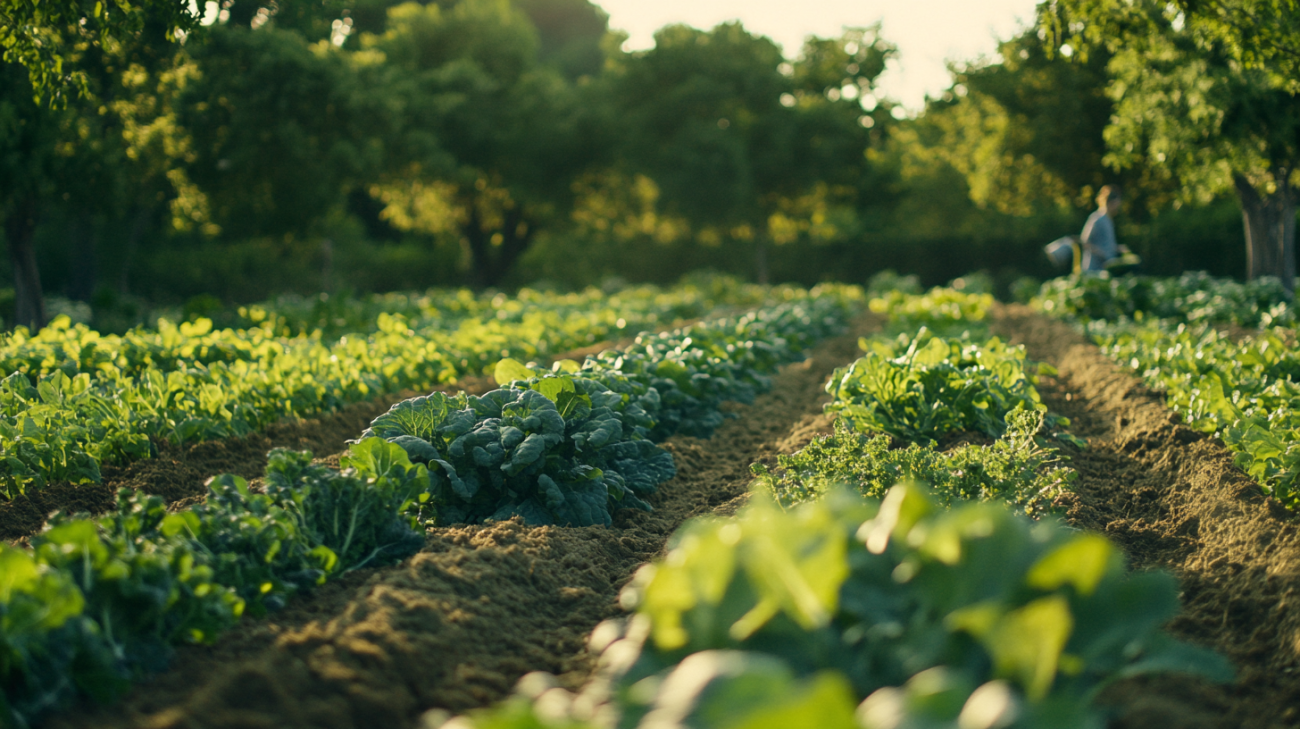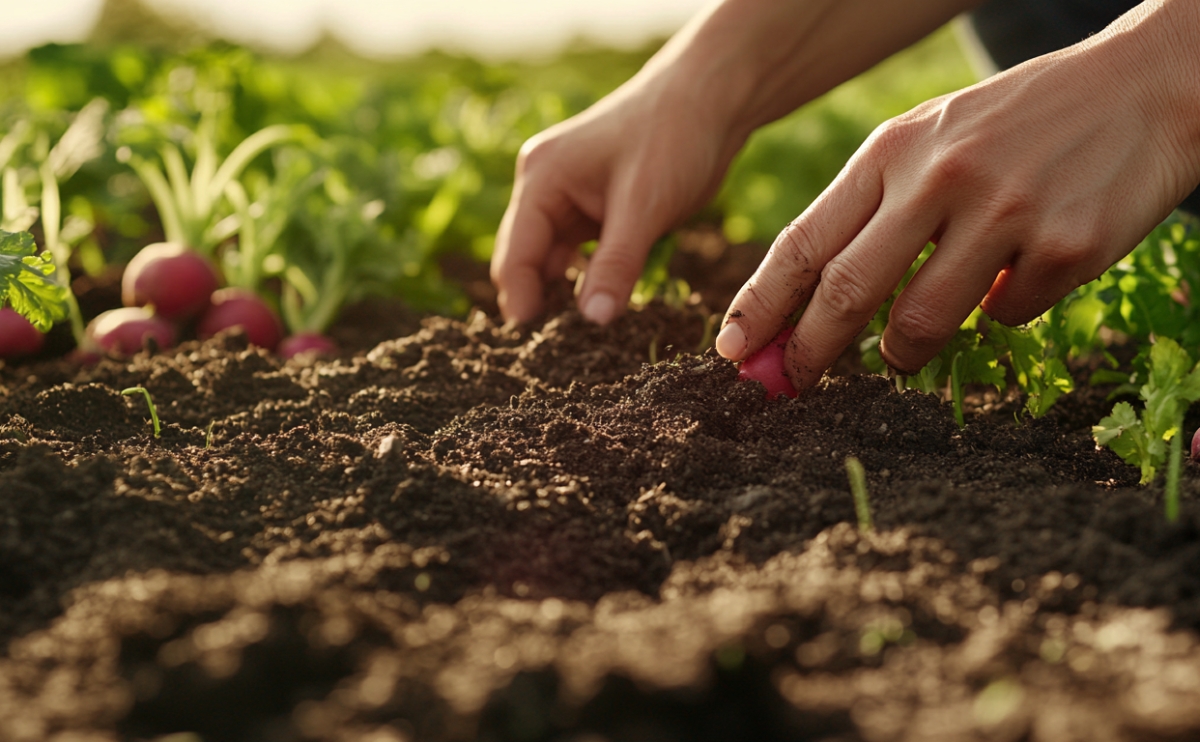As the heat of midsummer begins to wane, late summer presents a unique opportunity for gardeners in the United States to rejuvenate their gardens and prepare for the autumn harvest. This transitional period is ideal for planting a variety of crops that thrive in cooler temperatures and for implementing sustainable gardening practices. Here’s a guide to making the most out of your garden during the late summer.
1. Choosing the Right Plants
Late summer is the perfect time to plant vegetables that can be harvested in late autumn or early winter. Consider planting fast-maturing varieties that will yield produce before the first frost. Here are some excellent choices:
- Leafy greens such as spinach, kale, and Swiss chard can be sown directly into the soil and will thrive in the cooler weather that late summer and early fall bring.
- Root vegetables like carrots, beets, and radishes are also good choices, as the soil remains warm enough to encourage germination but cool enough to enhance their flavor.
2. Preparing the Soil
The end of summer is an ideal time to enrich your garden soil. Adding organic matter such as compost or well-rotted manure can improve soil structure, nutrient content, and water retention. Test your soil’s pH and adjust it if necessary; most vegetables prefer slightly acidic to neutral soil.
3. Pest and Disease Management
Late summer can bring about a surge in pests and diseases, which can take advantage of plants weakened by the summer heat. Regularly inspect your plants for signs of distress:
- Remove any diseased foliage to prevent the spread of infection.
- Use barriers or natural predators to control pests. For example, ladybugs are effective against aphids.

4. Watering Wisely
As temperatures start to drop, adjust your watering schedule. Plants require less water as the days become cooler and shorter. However, ensure that they receive enough moisture to establish themselves before the colder months. Water early in the morning to reduce evaporation and minimize leaf wetness, which can lead to disease.
5. Mulching
Applying a layer of mulch around your plants can help retain soil moisture, suppress weeds, and regulate soil temperature. Organic mulches, such as straw or shredded leaves, also add nutrients to the soil as they decompose.
6. Planning for Autumn
Late summer is a strategic time to plan your autumn garden:
- Consider planting cover crops such as clover or oats to improve soil fertility.
- Begin collecting and drying seeds from summer crops to plant next year.
- Start planning your fall garden layout, taking crop rotation into account to prevent depleting the soil of specific nutrients.
7. Enjoying the Harvest
Don’t forget to enjoy the fruits of your labor! Harvest vegetables at their peak maturity for the best flavor. Late summer crops can be used in salads, soups, and preserves, allowing you to enjoy a taste of summer even in the colder months.

Detailed Guides for Planting Vegetables, Herbs, Greens & Lettuce, Peppers, and Wildflowers in Your Garden:
At FarmerValley we offer detailed guides for planting vegetables, herbs, greens & lettuce, peppers, and wildflowers. These guides provide step-by-step instructions for planting and caring for your plants, as well as tips for getting the best results. Check our growing guides and plant your non-GMO garden with confidence.
Planting non-GMO seeds is a great way to enjoy fresh and healthy vegetables and herbs while also knowing that you’re avoiding harmful additives. With these essential tips and top lists, as well as our detailed guides, you’ll be on your way to a bountiful harvest in no time.
Elevate your gardening experience with FarmerValley’s premium seeds! Choose from our wide selection of high-quality varieties to enhance your garden and enjoy a bountiful harvest. Trust in our expertise and start your journey towards a thriving and beautiful garden today.

